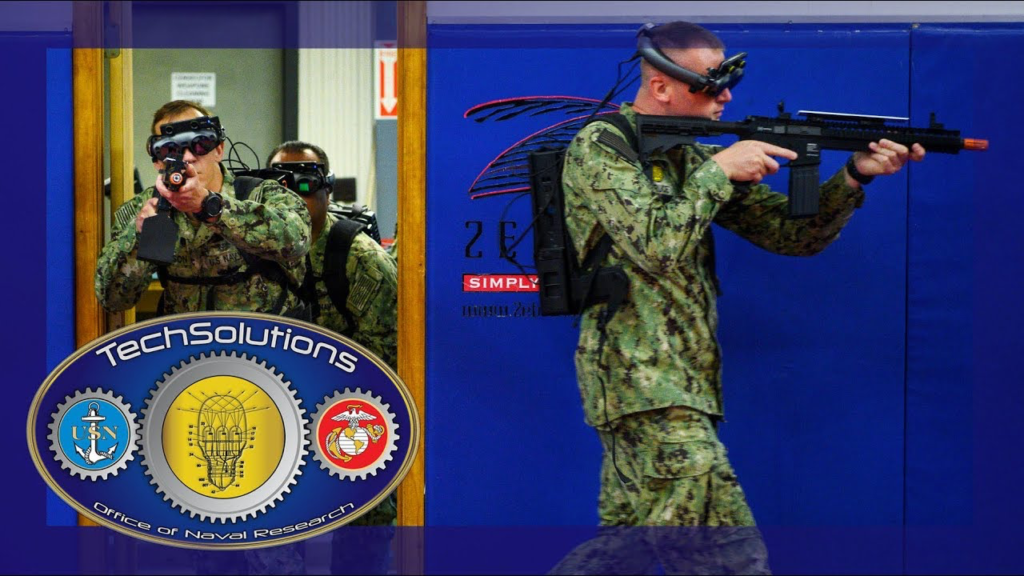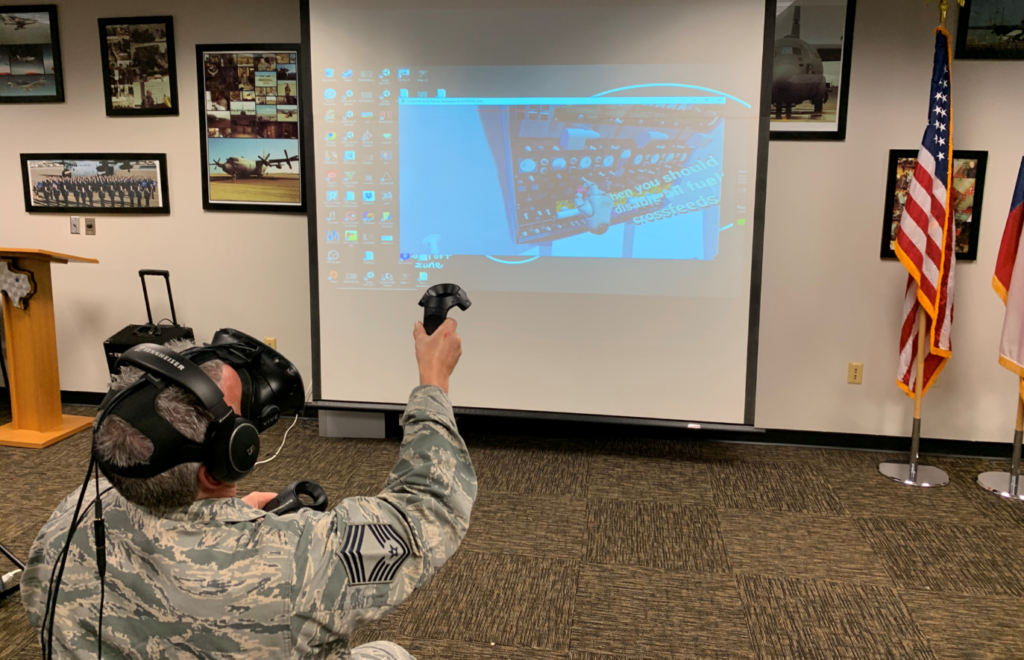Vinci VR, a startup virtual reality company from 22-year-old Eagle Wu, was just awarded a full million dollar contract to provide the United States Air Force with virtual training, maintenance, and even new technologies. Eagle Wu is a young man specializing in immersive virtual maintenance, and has made a name for himself very early on in his technical career. He won’t be alone in this adventure though, as he will be working alongside the Air Force tech accelerator AFWERX.
Vinci VR will be also be providing the military with new forms of immersive training and learning course

In an official release, the young business tycoon said that “This is an exciting milestone for VINCI. This is a great opportunity to push VR software forward and pioneer the adoption of this technology on a wider scale.”
“By utilizing VINCI’s technology with hundreds or thousands of airmen, the Air Force can ensure they have the most up to date training even with a lack of available aircraft, bringing modern-day training to better instruct future airmen,” added Sean Smith, a USAF Instructor for Instruments and Flight Controls.
“VINCI’s Virtual reality software will modernize our instructional guidance and bring new aircraft real-time training to the students which will increase their system knowledge/retention and demonstrate day to day practices. Our schoolhouse instructs 530 students annually and teaches 23 different airframes. VINCI will help bridge the gap between what we teach and the aircraft we have available. Ultimately, this increases their combat readiness when the airmen arrives to their duty station.”

Vinci is focused on bringing the easiest and best forms of VR to the military. The goal is to train thousands of people with the same simulations. For that to be a real possibility, you need to have simulations that are universal and basic, but go in depth to the topics you need. Vinci is hoping AR can play a part of the training in the future, but for now he is focused on the virtual tasks at hand.

Using VINCI’s source code, instructors can also slightly tweak the system to turn it into what they need for their specific class. The company also did a case study on the maintenance of aircrafts, and we will include some of the best research below.
———————
The Problem
Air Education Training Command (AETC) is USAF’s division responsible for training hundreds of thousands of airmen for jobs in operational forces. An integral job is aircraft maintenance; in order to maintain a high flying tempo, USAF aircraft must be maintained at all times to peak conditions. Due to the high volume of students and the cost of acquiring instructional aircraft or physical simulators, AETC struggles with ensuring the training airmen receive is up to date. While operational units are utilizing state of the art aircraft, AETC is stuck with technology dating back to the 1970s.
VINCI’s Solution:
VINCI developed a VR simulation of USAF aircraft utilizing the low cost HTC Vive headset. These simulations enabled airmen to undergo familiarization training with highly realistic and immersive renderings of their aircraft even without real aircraft on base. AETC can now ensure airmen train for the operational aircraft they will see in the field without the cost of acquiring said aircraft; thus, ensuring better prepared airmen while reducing training costs.
In addition, VINCI’s CODEX platform allows instructors to edit their guided walkthroughs directly – enabling them to keep their software updated with recent changes to policy while experimenting with their curriculum.”






























